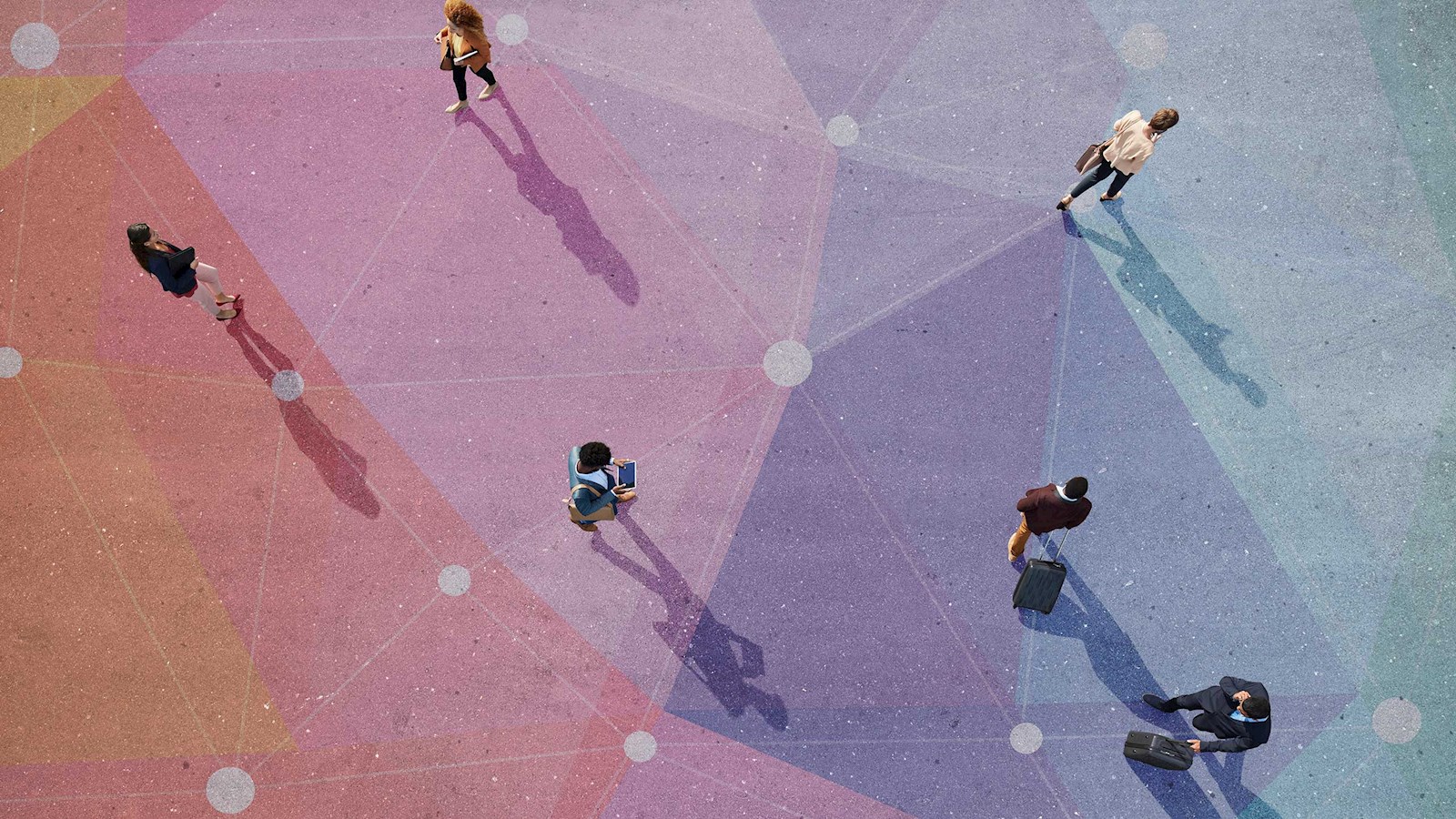
Fit for growth beyond COVID-19
Is your brand ready for a year-zero overhaul?
Remember zero-based budgeting? At its launch it forced a famous shift in marketing planning, challenging marketers to start every year from a “zero base”. Instead of building on what had gone before, resources were allocated only to identified sources of growth.
Today, the “consumption amnesia” brought about by the extensive COVID-19 lockdowns means that we may need to think about rebuilding brand growth from the bottom up, in a similar way.
As we edge tentatively out of the acute phase of the crisis and plan for recovery and renewed growth, we will be operating in a state of flux for some time. Projections for the shape of recovery vary wildly. Yes, some things will return to normal, but the “forced abstinence” of lockdown has created a whole new challenge for marketers. They will need to re-activate consumers’ instincts, their habits and their brand affinities; they’ll need to do this fast, and in some cases from a zero base. Let’s call this “zero-based re-habiting”.
Green shoots – with some caveats
The severity of the lockdown has, of course, varied across the globe, and the speed at which things return to normal is likely to vary, too. But there are already encouraging green shoots of recovery – and in some cases spectacular ones. In China we've seen high-spending “revenge shoppers” celebrating their release from lockdown by splurging the money they saved on extravagant purchases, such as the 19 million yuan (approx. £2.16 million) spent at the special VIP day marking the re-opening of Guangzhou’s Hermès outlet.
But different categories will fare differently in the recovery – as they did during the crisis – according to the varying demands of their customers. Are purchases essential or discretionary? Is there pent-up demand or has demand vanished? Are customers buying often or just occasionally? To what extent does the business involve or rely on physical social contact? And, crucially, to what extent have goods or services been replaced by digital alternatives throughout the crisis, in a way that has benefited customers?
In all sectors, brands that proved their adaptability during the pandemic will be poised to steal a march on competitors – this is a one-off opportunity to gain share.
However, that certainly doesn't mean everything will go back to where it was.
Planning for a new future
The COVID-19 “Great Pause” has brought with it unprecedented consumption amnesia, affecting both our conscious and unconscious actions and choices. But if marketers follow our practical steps for zero-based re-habiting, they can hope to gain a competitive advantage in the upcoming recovery.
Rather than returning to the pre-crisis status quo, those who are bold enough to transform their business will win the most; changing and challenging customer priorities and expectations. The COVID-19 disruption can be an opportunity to start afresh, leapfrog and reinvent, paving the way to more sustainable future growth and the promise of stronger and more fulfilled societies in the process.
published on
23 July 2020
Category
More in Commerce

Media in India: the future is now
Brands pursuing the Indian market must focus on personalised experiences and data-driven strategies

Multinational companies must have an India strategy
The Indian market is hugely attractive to brands, but multinational companies must have a bespoke India strategy

Where there’s women’s health, there’s wealth
There’s huge economic advantage in closing the women’s health gap, and yet still this gap is still formidable

